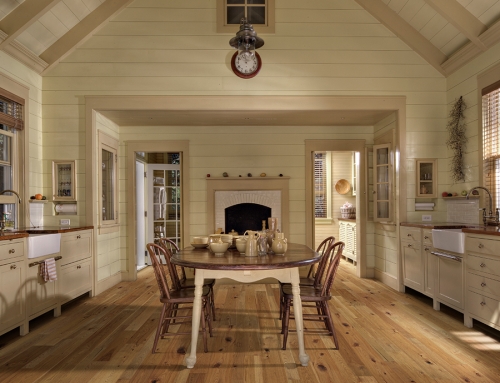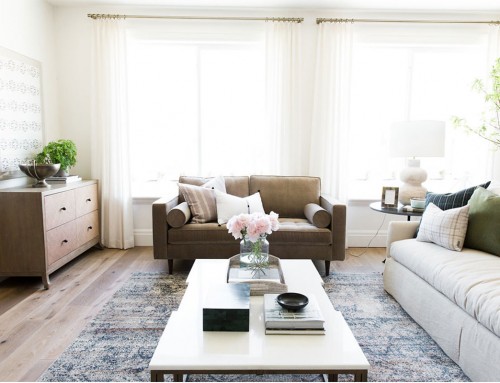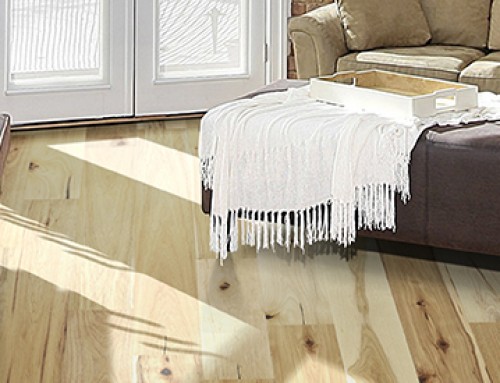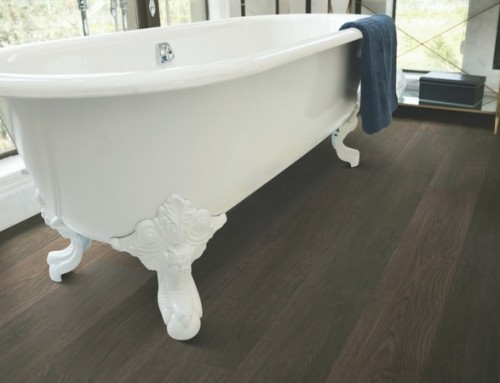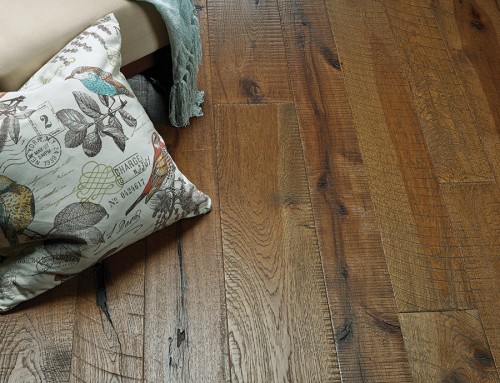As a pet owner, there are many things to consider when making wood flooring decisions. Luckily, you can choose between many different styles, colors and even textures. We highly recommend a more textured look if you have any little furbabies running around. It is important to note that all manufacturers of wood, vinyl and carpet exclude claw damage from their product warranties. We realize that it can be confusing when so many manufacturers have “pet proof” or “pet-friendly” advertising. In the case of vinyl and carpet, those are stain warranties that exclude damage from claws. Wood floors, on the other hand, have no warranties against pet stains, so house training is a necessity.
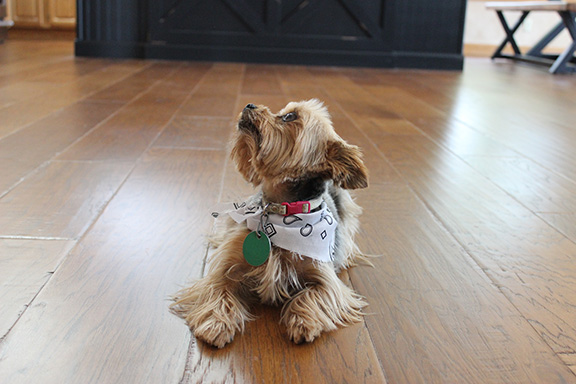
A few misconceptions…
Many consumers insist on the densest wood possible assuming that it will resist the damage from pet claws. This may be the most misunderstood idea in the market. Not all woods have the same density, but the amount of pounds per square inch generated by claw impact of a healthy active dog can exceed 3 to 4,000 pounds of pressure. These numbers may increase if they are jumping, running or rapidly accelerating on the surface, too. Even Brazilian Cherry with a ranking of 2,800 PSI (pounds per square inch) is not enough to repel scratches, dents and gouges. While porcelain tile is highly scratch resistant, grout is susceptible to claw damage as well.
The hardness of the finish also has no bearing on the gouge resistant capabilities of the floors. Modern urethane and oil finished floors are designed to handle the wearing effect of dust and normal foot traffic in a home, but not sharp, untrimmed claws.
It’s important to keep in mind that wood flooring is made from the same species of wood used in furniture. We would not allow the dog to do the crazy dance on great grandma’s dining room table but somehow expect a different outcome from a floor made from those very same materials.
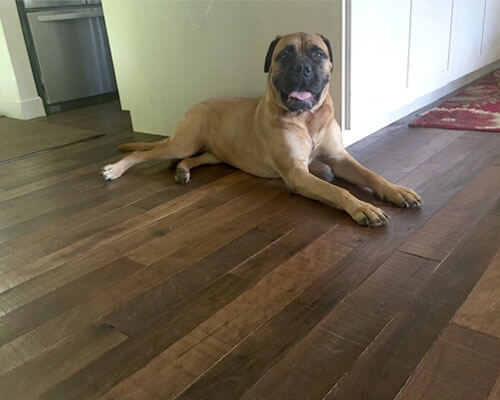
Which type of hardwood is the most pet-friendly?
As mentioned earlier, heavily textured floors with knots, filled splits and multiple shade variations can do a good job of camouflaging any dings or dents. Smoother products such as maple have very little visual grain and often show more flaws. This often comes as a surprise because maple is the densest species available from the North American forests. However, in dark colors especially, it can show claw damage more prominently than a product like Hickory. Hickory is slightly less dense, but it has more prominent graining and knots than maple.
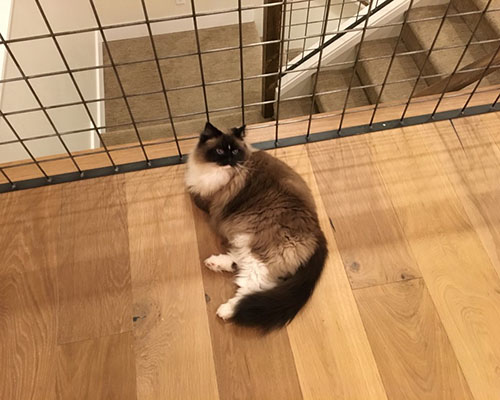
A pet-friendly story from the author…
I have a 16-year-old floor that has seen extensive use from very active Basset Hounds (nope they are not passive or lazy). I have an Oak floor which has a prominent grain to help camouflage some of the normal wear and tear. However, at about three in the afternoon, the sun shines just right across the floors and the slight flaws become more noticeable. I found myself faced with a choice: dogs or an absolutely perfect floor. My decision was easy, I chose to keep my pets. After 40 years of hounds and hardwood floors, I still love how easy it is to remove pet hair and slobber from the surface. Hounds shed a lot!
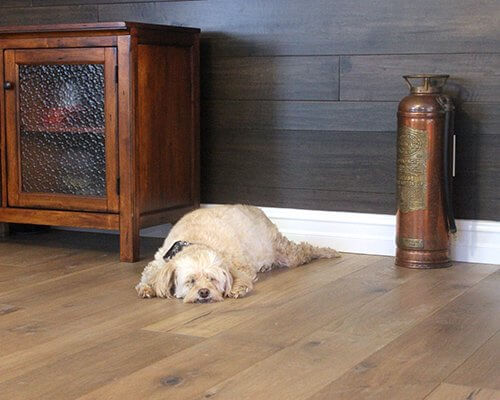
Don’t worry, hardwood flooring is still an option!
Not to panic or dissuade someone from a beautiful wood floor. Common sense, managed expectations, precautionary measures with pet claws, good training and protective glides under chairs and furniture can greatly minimize hardwood wear and tear.
Aside from choosing a more textured look or a lighter shade, there are many companies online that manufacture plastic claw covers for dogs and cats. Claw covers can be applied to the pet’s claws every 6 to 8 weeks and can be a great pet-friendly solution. The covers may not be foolproof, but they can offer a large degree of protection for the floors. All it requires is frequent claw trimming and re-adhering new claw covers – easy!
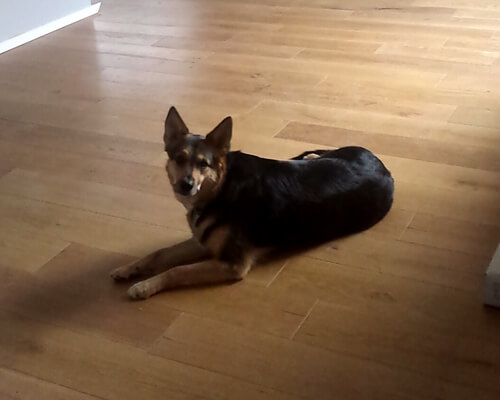
About the author:
Ron Oliver is the Technical Services Director at Hallmark Floors. He has 35 years of experience in the flooring industry, is an avid woodworker and a serious houndaholic. Ron always strives to be the kind of person that his dogs think he is.




